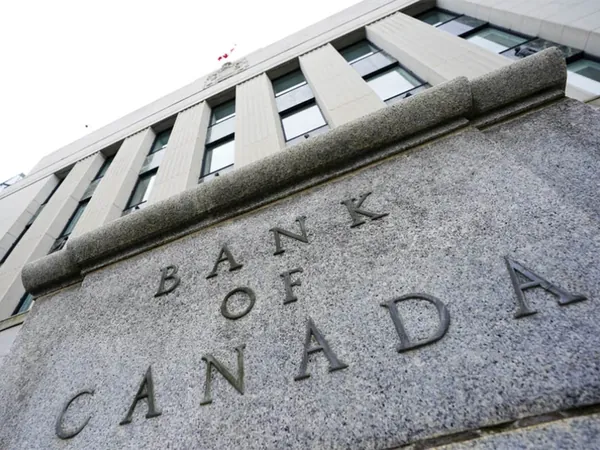
Unlocking the Secrets to Better Cellphone Reception on Your iPhone and Android!
2024-10-04
In our hyper-connected world, a weak cellphone signal can feel like a personal crisis, especially during emergencies. We've all experienced the frustration of not being able to reach someone when it counts the most. Fortunately, whether you're using an iPhone or an Android, there are effective ways to boost your signal strength so you can stay connected wherever you go!
From Dropped Calls to Strong Signals: Your Essential Guide
1. Adjust Your Position
Sometimes, the simplest solutions are the most effective. Try moving to an open space where your cellphone can better communicate with nearby cell towers. Avoid obstacles like concrete walls or metal objects, as these can significantly hinder your signal.
2. Remove Your Phone Case
Did you know that your phone case could be blocking your antenna? If you're struggling with signal issues, consider removing your phone case, particularly if it's bulky. This could allow your device to pick up a signal more easily.
3. Check Your Battery Level
A low battery can limit your phone’s ability to search for better signals. Always ensure your phone is adequately charged, especially when you're in a location with poor reception.
4. Toggle Airplane Mode
A quick way to reset your phone’s connections is by toggling Airplane mode on and off. This forces your phone to reconnect to available networks, which might help in finding a stronger signal.
- For Android: Pull down the Quick Settings panel and tap the Airplane mode icon. Wait approximately 15 seconds before toggling it off.
- For iPhone: Access the Control Center and tap the Airplane mode icon; it will turn orange when enabled. Allow 15 seconds before turning it off.
5. Restart Your Phone
If toggling Airplane mode doesn’t help, try restarting your phone. It’s effective for resolving a myriad of issues.
- On Android: Press and hold the power button until the menu appears, then select Restart.
- On iPhone: For models with a Home button, hold the sleep/wake button until the slider appears. For iPhone X and later, hold the side button and volume buttons until the slider appears.
6. Check Your SIM Card
If you have a SIM card, removing it for a brief moment can sometimes boost connectivity. Inspect the SIM card for any damage and ensure it’s properly placed back in the tray.
7. Update Carrier Settings
It’s crucial to keep your carrier settings updated. These updates help improve your connectivity, so check for them regularly.
- For iPhone: Go to Settings > General > About and look for an update prompt.
- For Android: Type "carrier settings" in the Settings app to see if there are any updates available.
8. Reset Network Settings
If connectivity issues persist, consider resetting your network settings. Remember, this will erase all saved Wi-Fi passwords and VPN configurations.
- On Android: Search for "reset network settings" in the Settings app.
- On iPhone: Navigate to Settings > Transfer or Reset iPhone > Reset > Reset Network Settings.
9. Contact Your Carrier
If none of these steps work, there may be an issue with your service provider. Speak to a representative to see if there's a known outage or connectivity problem in your area.
10. Consider a Signal Booster
If you're consistently struggling with poor reception even after trying all of the above methods, investing in a signal booster might be worth considering. These devices enhance your existing signal, ensuring better reception throughout your space.
Stay Connected, No Matter What!
In an age where staying connected is more important than ever, never underestimate the power of a few simple adjustments to improve your cellphone's signal. Whether it’s moving to a different location, updating your settings, or even investing in a booster, you have options to combat weak signals. Don’t let poor connectivity hold you back; try these strategies today and stay in touch when it matters most!









 Brasil (PT)
Brasil (PT)
 Canada (EN)
Canada (EN)
 Chile (ES)
Chile (ES)
 España (ES)
España (ES)
 France (FR)
France (FR)
 Hong Kong (EN)
Hong Kong (EN)
 Italia (IT)
Italia (IT)
 日本 (JA)
日本 (JA)
 Magyarország (HU)
Magyarország (HU)
 Norge (NO)
Norge (NO)
 Polska (PL)
Polska (PL)
 Schweiz (DE)
Schweiz (DE)
 Singapore (EN)
Singapore (EN)
 Sverige (SV)
Sverige (SV)
 Suomi (FI)
Suomi (FI)
 Türkiye (TR)
Türkiye (TR)